 |
társadalom |
|
 |
társadalom |
|
Nyíri Kristóf:
Mobil információs társadalom:
visszatérés a gyökerekhez
A projektről
Kommunikáció és közösség
Archaikus kommunikáció
Ikonikus forradalom
Tudás és információ
Új otthonosság
A projektről
Kommunikáció és közösség
“Aussagende 'Mitteilung', die Benachrichtigung zum Beispiel, ist ein Sonderfall der existenzial grundsätzlich gefaßten Mitteilung. In dieser konstituiert sich die Artikulation des verstehenden Miteinanderdaseins. ... Mitteilung ist nie so etwas wie ein Transport von Erlebnissen, zum Beispiel Meinungen und Wünschen aus dem Inneren des einen Subjekts in das Innere des Anderen.”Martin Heidegger, Sein und Zeit (1927), 34.§.
“Society not only continues to exist by transmission, by communication, but it may fairly be said to exist in transmission, in communication. There is more than a verbal tie between the words common, community, and communication. Men live in a community in virtue of the things they have in common; and communication is the way in which they come to possess things in common.”John Dewey, Democracy and Education (1915).
"Communication creates, or makes possible at least, that consensus and understanding among the individual components of a social group which eventually gives it and them the character not merely of society but of a cultural unit. It spins a web of custom and mutual expectation which binds together social entities... Family group or labor organization, every form of society except the most transient has a life-history and a tradition. It is by communication that this tradition is transmitted. It is in this way that the continuity of common enterprises and social institutions is maintained, not merely from day to day, but from generation to generation."Robert E. Park, "Reflections on Communication and Culture"
The American Journal of Sociology, 1938. szept.
.Kiss Ulrich, “Információ és kommunikáció”, Távlatok, 1997/1.
Individuum és személyiség az információs társadalomban
.Hans J. Eysenck - Michael W. Eysenck, Personality
and Individual Differences: A Natural Science Approach (1985).
“Selig sind die Zeiten, für die der Sternenhimmel die Landkarte der gangbaren und zzu gehenden Wege ist und deren Wege das Licht der Sterne erhellt. ... Die Welt ist weit und doch wie das eigene Haus... sie scheiden sich scharf, die Welt und das Ich, ... und werden doch niemals einander für immer fremd... So wird alles Tun der Seele ... vollendet in dem Sinn und vollendet für die Sinne... Dann gibt es noch keine Innerlichkeit, denn es gibt noch kein Außen, kein Anderes für die Seele.”Georg von Lukács, Die Theorie des Romans:
Ein geschichtsphilosophischer Versuch über die Formen der grossen Epik,
Stuttgart: Deutsche Verlagsanstalt, 1916.
Archaikus kommunikáció
.Merlin Donald, Origins of the Modern Mind: Three Stages in
the Evolution of Culture and Cognition, Harvard University Press, 1991.(Donald könyvére Pléh Csaba hívta volt fel
a figyelmemet; segítségét hadd köszönjem meg
ehelyütt is.)
. Macdonald Critchley:
The Language of Gesture (1939)
Aphasiology and Other Aspects of Language (1970), utóbbiban különösen a
“Kinesics; Gestural and Mimic Language:
An Aspect of Non-Verbal Communication” c. tanulmány.
A süketnémák természetes jelbeszéde.
Balra: az "égbolt" jele. - Jobbra: az "amott" jele.
(Critchley nyomán)
Helyeslés Elégedettség Kitűnő! Ragaszkodom! Olasz taglejtések (Critchley nyomán)
Balra: Kabuki színész düht mímel. - Jobbra: Dühös négyéves kislány (Irenäus Eibl-Eibesfeldt, Ethology: The Biology of Behavior nyomán)
Az ún."emoticon"-okkal összefüggésben különösen érdekes lehet a "fontos arckifejezések"
ama "sematikus ábrázolása", amelyet Eibl-Eibesfeldt C.H. Hortsjö nyomán ad közre:
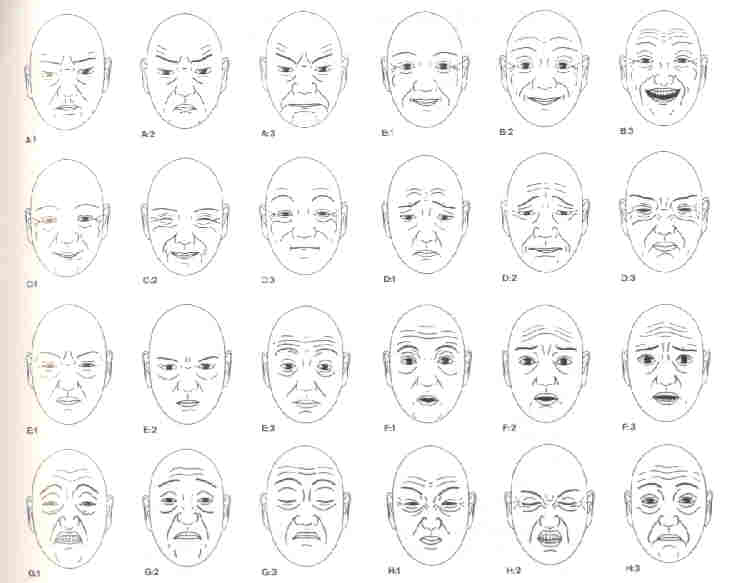
A1: biztos, szigorú, határozott; A2: bosszús, hajthatatlan; A3: dühös, haragos; B1: mosolygós, jóságos, barátságos; B2: örömteli, boldog; B3: szívélyes, nevető; C1: megnyerő, behízelgő mosoly; C2: cseles, ravasz, alattomos mosoly; C3: önelégült mosoly; D1: szomorú, bánatos, gondterhelt; D2: gyászoló, könnyekhez közeli; D3: fizikai fájdalomnál, elkínzott; E1: gyanakvó, "igaz ez?"; E2: megfigyelő, vizslató; E3: elképedt, "mit tegyek?"; F1: meglepett; F2: ijedt; F3: pánikban, lelki kínban; G1: megvető, fölényes, ironikus; G2: lekezelő, leereszkedő, gőgös; G3: arrogáns, önelégült, fölényes; H1: undorodó - "rossz szaga van"; H2: utálkozó - "rossz íze van";
H3: keserű, gondterhelt - nyomott, borús, nyomorult.. Starr Roxanne Hiltz - Murray Turoff,
The Network Nation: Human Communication via Computer (1978).
Ikonikus forradalom
. Masoud Yazdani - Philip Barker, szerk., Iconic Communication (2000).
Stuart Mealing, "Do You See What I'm Saying?"
.
Masoud Yazdani, "Communication through Icons"Colin Beardon, "Icon Text: An Exploration
of the Limitations of Iconic Languages".Colin Beardon, "Discourse Structures in Iconic Communication",
Artificial Intelligence Review, 1995.
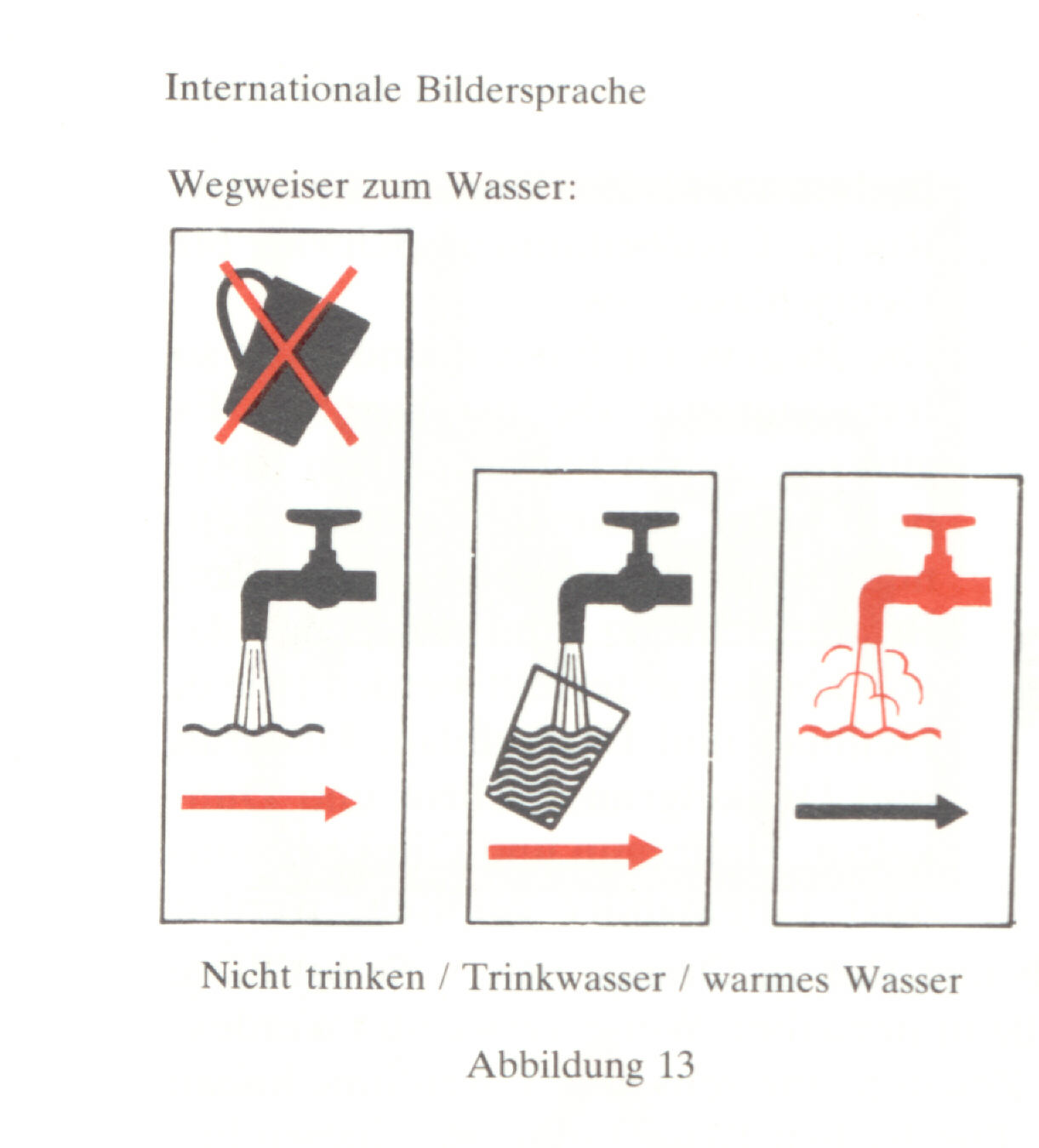
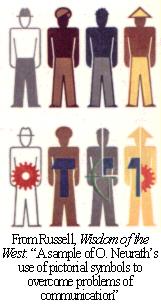
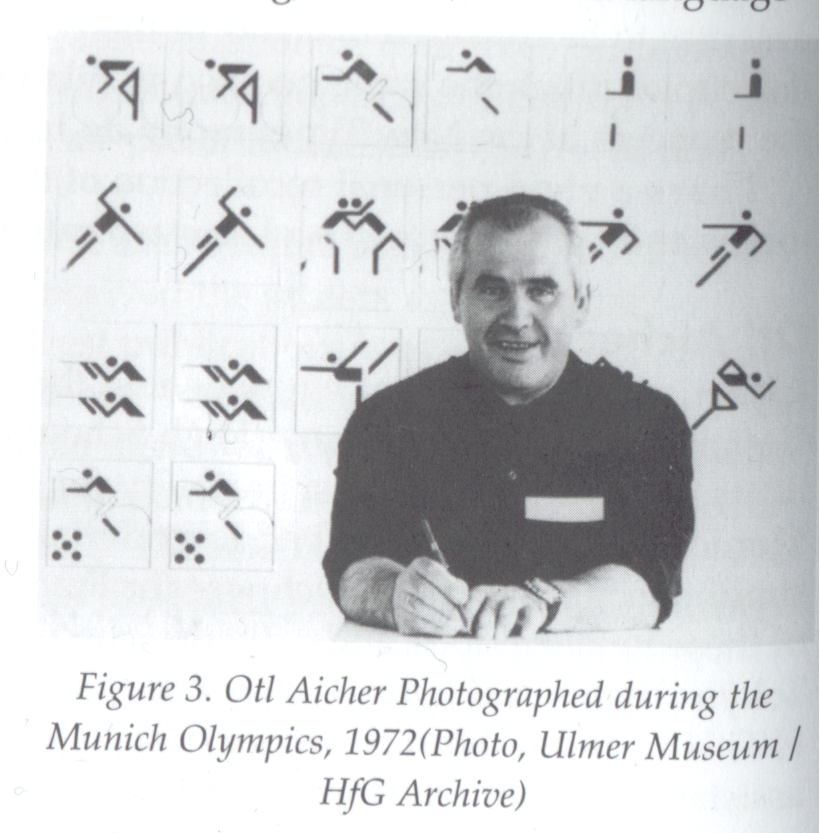
Claude Braunstein - Ian McLaren piktogrammjai:

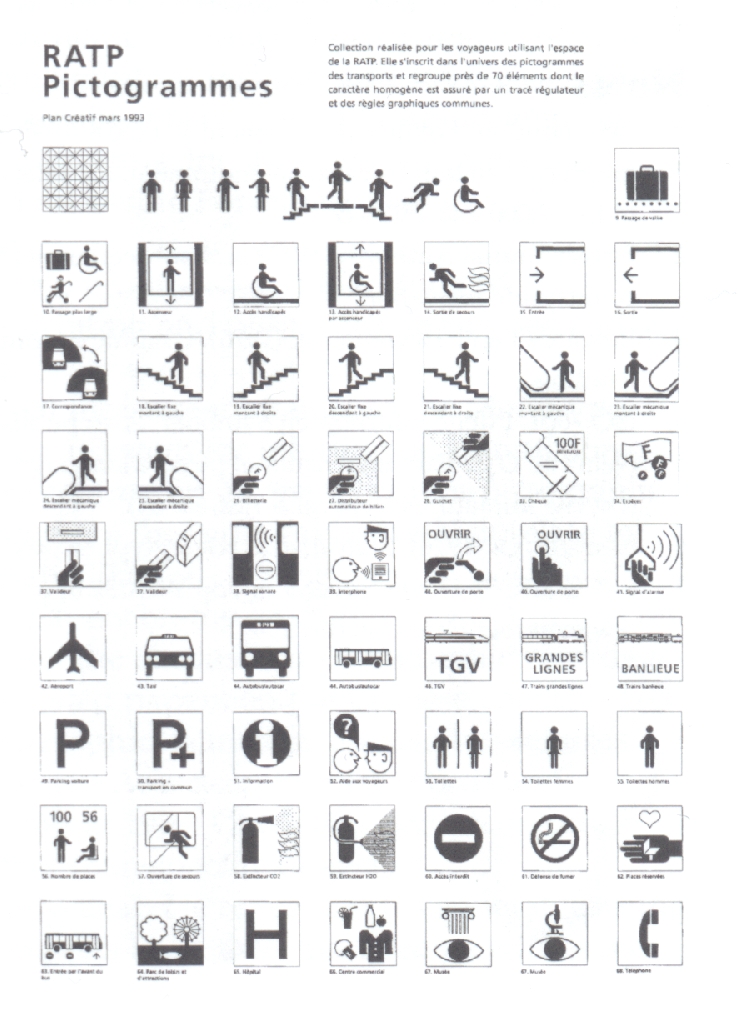
. R. Sassoon - A. Gaur, Signs, Symbols and Icons -
Pre-history to the Computer Age (1997).
.Robert E. Horn, Visual Language:
Global Communication for the 21st Century (1998).
. Paul Honeywill, Visual Language for the World Wide Web (1999).
Yazdani mobil telefon és képi kommunikáció kapcsolatáról
Beardon az animáció egyértelműsítő szerepéről

Lee Becker -- Paul Leemans,
"VIL: A Visual Inter Lingua"
Tudás és információ
2001. márciusi workshopunkon a Westel távközléspolitikai ügyvezető igazgatója, Dr. Tompa Ferenc hívta fel a figyelmet arra, hogy jelen kutatási program aligha lehet teljes, ha nem vállakozik az információ és a tudás fogalmainak összevetésére; és emlékeztetett T.S. Eliot-nak a korai 1930-as években megfogalmazott kérdésére: "Where is the wisdom we have lost in knowledge? Where is the knowledge we have lost in information?"
. Daniel Bell, "The Social Framework of the
Information Society" (1979).
Új otthonosság